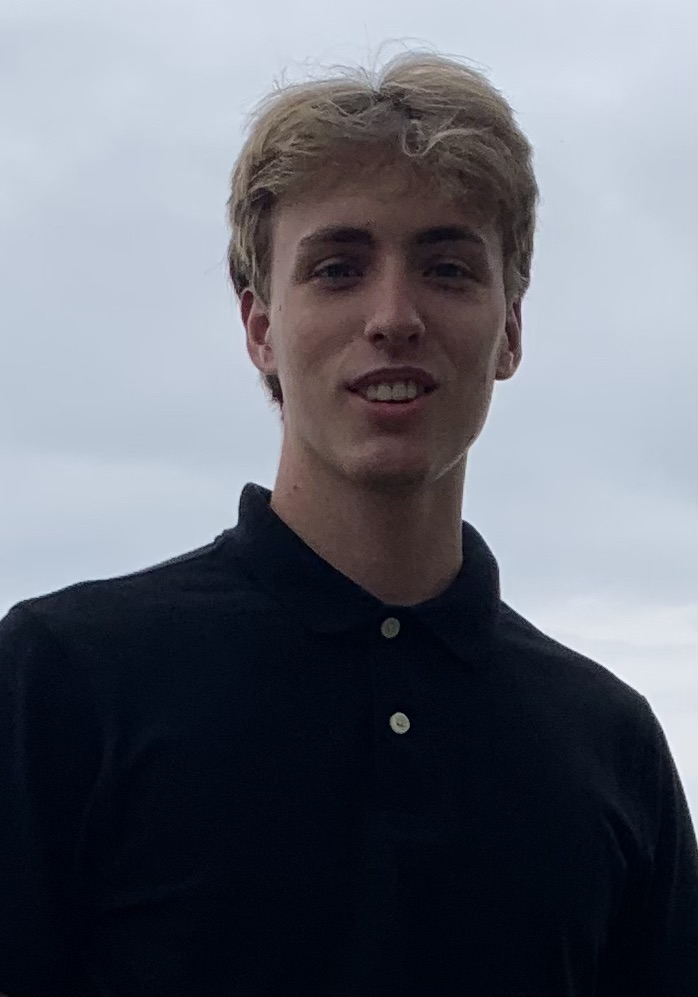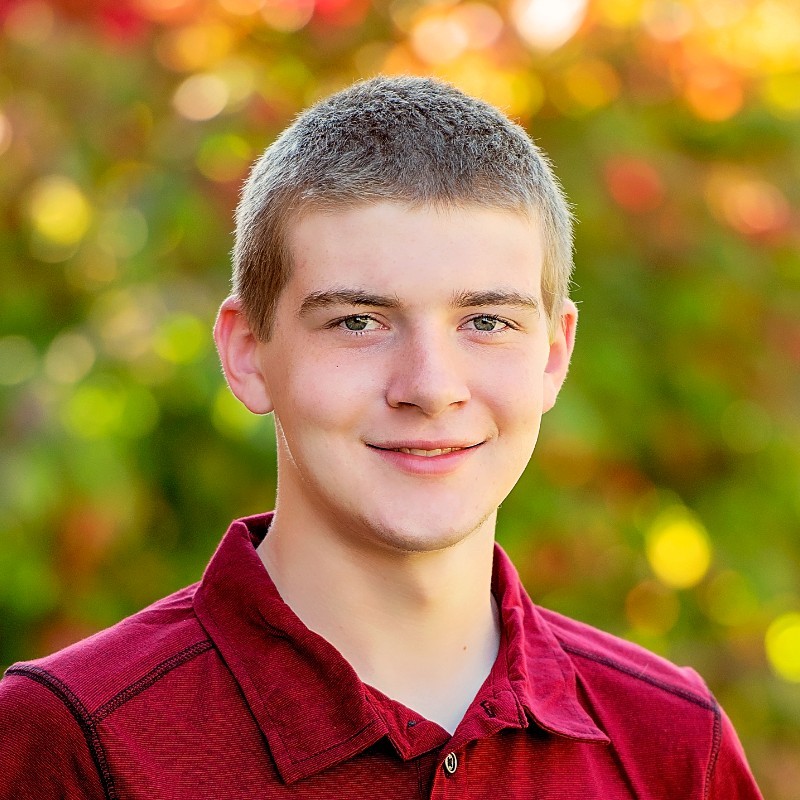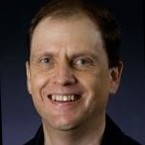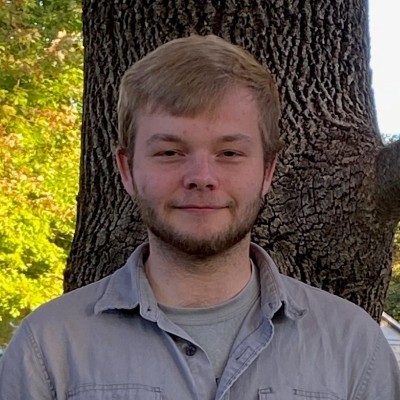Celebration of Scholars
#10: Determining the Masses of Black Holes and Neutron Stars Seen in Merger Events Detected by the LIGO and Virgo Gravitational Wave Observatories
 Name:
Andrew Valentini
Name:
Andrew Valentini
Major: Physics/Math
Hometown: Forest Lake, Minnesota
Faculty Sponsor: John Quashnock
Other Sponsors:
Type of research: Independent research
 Name:
Chance Hoskinson
Name:
Chance Hoskinson
Major: Physics
Hometown: NA
Faculty Sponsor: John Quashnock
Other Sponsors:
Type of research: Independent research
 Name:
Andrew Jocham
Name:
Andrew Jocham
Major: Physics
Hometown: Colgate, WI
Faculty Sponsor: John Quashnock
Other Sponsors:
Type of research: Independent research
 Name:
John Quashnock
Name:
John Quashnock
Department: Natural Science
Type of research: Independent research
 Name:
William Schuster
Name:
William Schuster
Major: Physics
Hometown: Rockford, IL
Faculty Sponsor: John Quashnock
Other Sponsors:
Type of research: Independent research
Abstract
In this investigation, we analyze several dozen black-hole and neutron-star merger events seen in data provided by the Gravitational Wave Open Science Center. With analysis tools acquired in the LIGO-Virgo Open Data Workshops, we determine the masses of each of the two binary components, the chirp mass characterizing both the binary infall and emission of gravitational waves and the luminosity distances. We also catalog the spectrograms (“chirps”) of mergers occurring since the original 2015 event detected by the LIGO and Virgo interferometers. We present our results in mass histograms and scatter plots, confirming the apparent “mass gap” in these compact objects. We hope to better understand the nature of this mass gap and why it arises in subsequent research.Submit date: April 1, 2022, 3:41 p.m.
